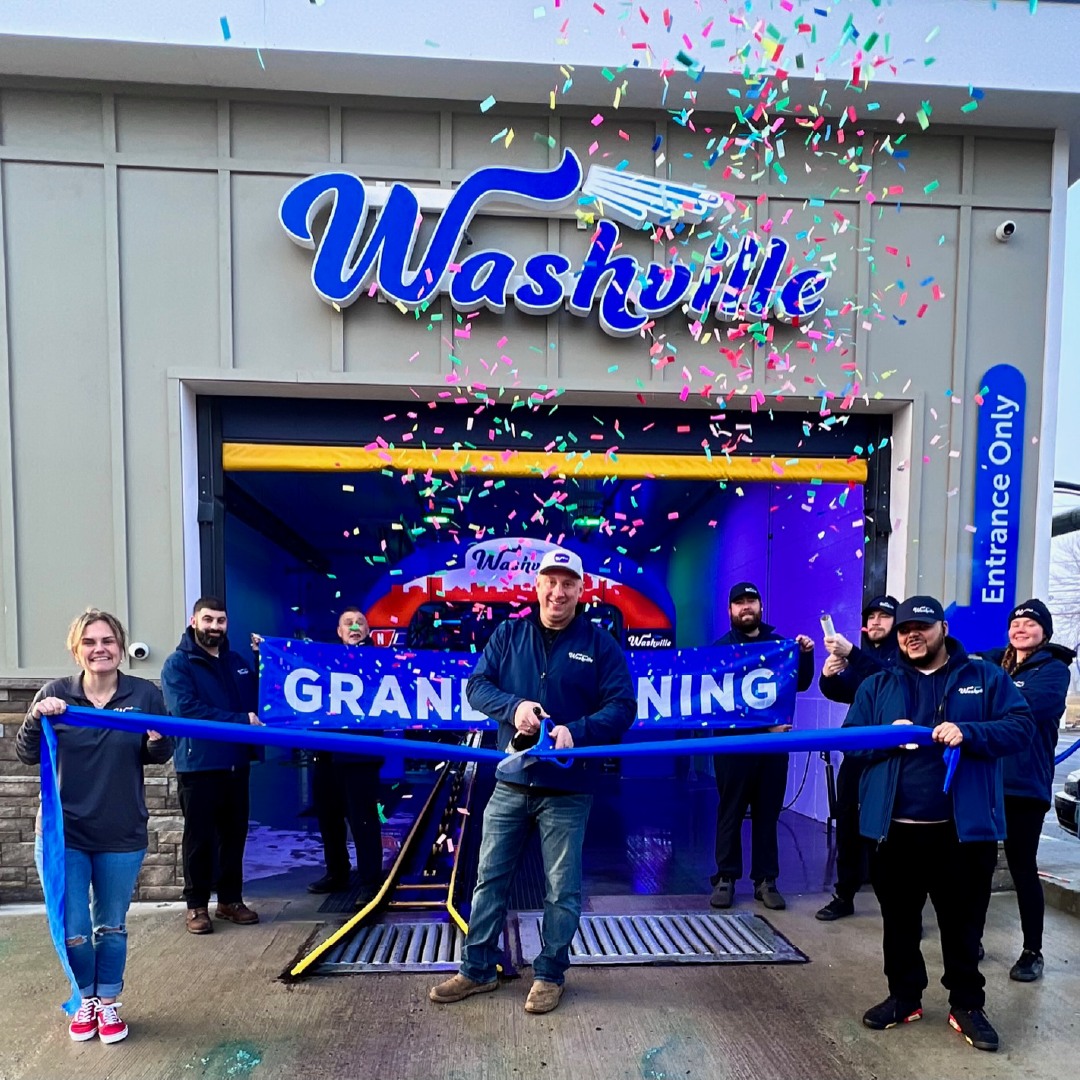
Navigating the Mentor Relationship
April 1, 2014
6 minute ReadJerry Miller opened his first full-service car wash in Fort Worth, Texas, in 1989. When the former ICA president was preparing to start Jerry’s Express Car Wash, he found that people weren’t very willing to share information.
“Eventually I did find people who were willing to let me come and work with them so that I would have an opportunity to learn from them,” Miller said.
Miller recently opened his sixth location, and since those early years he’s been all about paying it forward. His open-door policy welcoming other business owners seeking guidance has led to some great friendships over the years. His dedication to mentorship also extends to his staff. Whenever he has a manager in training, he brings in an experienced manager from one of his other stores to do the teaching.
The U.S. Small Business Administration reports that its small business clients who receive at least three hours of mentoring say they generate more revenue and business growth than those with no mentoring. These relationships work best when the mentor has skills and experiences the mentee wants to acquire and when both go in with realistic expectations.
People should have multiple mentors throughout their careers, choosing each one for a specific set of goals, said Lois Zachary, president of Leadership Development Services, LLC in Phoenix, Ariz., and director of the consulting firm’s Center for Mentoring Excellence.
The first step in finding a mentor is to identify what you want to learn. Zachary recommends developing a set of criteria, in rank order, based on the knowledge and competencies you’d like to gain through this relationship. You can develop a rapport with someone over time if the experience and knowledge-base are a good fit, but good chemistry alone is not enough.
“You don’t choose a mentor just because you get along with each other or because of convenience,” said Zachary, author of Starting Strong: A Mentoring Fable and other books on mentoring.
According to Zachary, good models for business mentoring include the B2B model, in which executives from one business mentor those at another business, and the panel of experts model, in which a business owner invites a group of people to provide guidance. Zachary once served on a panel of experts for a small business in the automotive industry. She focused on training, while others on the panel offered help with marketing, human resources, supply chain management and other issues.
Like Miller, former attorney Karen Albright didn’t have a mentor when she switched careers in 2002 to open Bodylase Skin Spa in Raleigh, N.C.
“Looking back, it would have been really nice,” Albright says.
She especially could have used help with HR matters and making decisions like what functions to outsource and which ones to keep in-house.
Today Albright chairs the mentoring committee for the Raleigh, N.C., chapter of the National Association of Women Business Owners (NAWBO). Member businesses include landscaping services, cybersecurity, career coaching, interior design, marketing, insurance and a host of other industries. The committee consists of two roundtable groups — one for solopreneurs and one for those with employees. Participants meet once a month for dinner in a member’s home or office, where the host brings up two or three issues on which she needs advice. Typical questions include: When’s the right time to exit my business? How do I deal with an underperforming employee? Should I add another service line? All of the discussions are confidential.
SETTING BOUNDARIES
Like any relationship, business mentoring can sometimes go off track. Kerrie Dorman, who chairs the Association of Business Mentors (ABM) in London, England, has seen situations in which mentors persuaded business owners to make bad decisions that went against their gut feelings, or offered uninformed legal advice that resulted in poor HR practices. Bad things can also happen when a mentor gets too involved in a protégé’s business.
“For example one mentor actually started a sales campaign for a client without their knowledge and agreement of remuneration,” Dorman said. “Luckily it was caught early with no detrimental effects to the business except minor embarrassment.”
A serial entrepreneur who previously owned companies in the recruitment, retail, beauty and hospitality industries, Dorman now heads Kerrie Dorman Ltd., a business mentoring consultancy.
The ABM has implemented standards to prevent those types of mishaps from occurring. Its members must have a proven track record of mentoring at least 10 clients over a two-year period. They also must complete a half-day workshop on mentoring, and at least two education sessions a year are required to maintain membership.
SUCCESS STORIES
One of the most successful mentoring organizations is SCORE, which has more than 320 U.S. chapters and more than 11,000 working and retired business professionals serving as volunteers.
Sherri Hansen, co-owner of Culinary Kids, a cooking school in Mandeville, La., was mentored by SCORE volunteer Mack Deloney when she started her business in 2012. Besides giving advice on finances and staffing, Deloney helped Hansen streamline her business niche.
“I had many, many ideas, which most entrepreneurs have,” said Hansen, whose husband, Larry, an emergency helicopter pilot, is a partner in the business but only minimally involved in its operation. “But we always have to stop and look at it from the other direction…If it’s not something that your customers want, then you don’t really have a good idea.”
Deloney helped Hansen evaluate the profitability of each concept and whittle them down to a few that would make up the core of her business: birthday parties, summer camps and field trips.
Mentoring relationships can even cross international lines. In 2003 Mark Curtis, owner of the Connecticut-based Splash Car Washes, met a couple of Australian operators at the The Car Wash Show in Chicago. After visiting some of Curtis’ shops to see how they operate, the pair invited him to Melbourne to get a few more pointers. Curtis wasn’t able to make that trip, but he decided to have a contest among Splash managers and send the winner and his family to Australia.
The cross-cultural relationship has continued to this day, with several Splash managers going abroad to consult with the Australians, and the Australian owners meeting with Curtis and his team in the states.
“The wonderful collateral benefit for us was that the guys that went down there came back far more confident in their abilities,” Curtis said. “We found them running their sites better after coming back from working with other people.”
Albright has also observed that mentoring relationships are mutually beneficial.
“I think that the leader learns as much as the student when they mentor,”
she said.
The life cycle of a mentorship
According to Lois Zachary, president of Leadership Development Services, LLC, all successful mentoring relationships go through four stages:
1. Getting to know each other. The mentor should be able to walk in the mentee’s shoes and understand his or her business.
2. Facilitating and learning. This is when you articulate your goals, discuss issues like confidentiality and other ground rules, and
decide the types of projects you’ll be working on together
3. Creating a work plan. At this stage you determine a timeline for reaching your goals and the kinds of resources you will employ.
4. Coming to closure. When you’ve reached the end of the agreed-upon mentoring period, you take a moment to look back on what you’ve accomplished and decide how to move forward. You might schedule another meeting with the same mentor a few months out, or consider consulting with another mentor in a different area of expertise.








